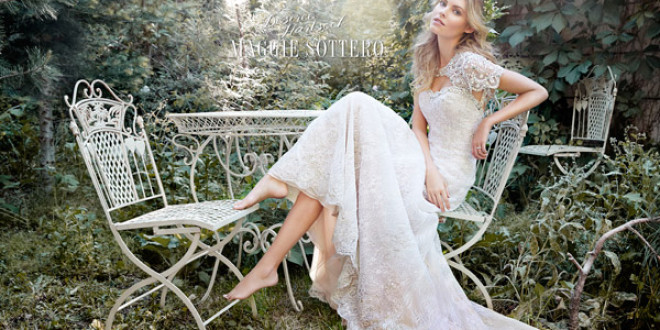[ad_1]
When I talk about creative portraits, I am referring to portrait's that incorporated a creative element and try to capture the bride and groom in more natural and relaxed way.
Creative Portraits are where you get many of your best shots at any wedding, best meaning the ones the clients are happiest with, and the ones you will later use for your portfolio.
Here are some tips to make sure you get the best possible creative portraits.
Preparation Tips:
1. Plan more time for the creative portrait session if possible. This will allow you to experiment more with different poses in different settings. Also it often takes the bride and groom a minute to relax and feel perfectly comfortable performing the more dramatic poses.
2. If at all possible plan to do the portraits in an outdoor setting or a setting with natural light.
3. Use a reflector, reflectors generally give a much more natural lighting effect than you can realize with a flash, and are essential for many lighting conditions. It's a good idea to bring a flash too though, especially for sunset shoots.
Shooting Tips:
1. Avoid partial shade, where part of the subject is shaded and the other part is in direct light. Under these lighting conditions it is impossible to expose the shot correctly for both the shaded and fully lit regions. Shooting under these conditions will either result in overly dark shadow regions or over exposed highlight regions.
2. If you are shooting in full sunlight then use a reflector (or a flash) to fill in the shadows.
3. Pick your backgrounds carefully, look for a final composition that is not just good but spectacular. To achieve this you may need to use a longer lens so that you can emphasize objects that are further in the distance. If you are having trouble finding an outstanding background then a good fall back is to reduce the depth of field and go for a very blurred background. The depth of field is definitely something to play with, just like using a long or short lens using different depths of field will give you more control of exactly which background elements are noticeable in the final picture.
4. Try to create drama in your photographs using either diagonal or circular shapes and motion. Do this either by choosing certain background elements or by having the bride and groom posed dramatically. Having the bride lean back while the groom holds her is a good way to add a diagonal element. Having the groom hold the bride while spinning her around will add circular motion.
5. Consider the placement of the bride and groom and the negative spaces that they create when set against your chosen background. Usually you do not want them slap bang in the center of the picture, and you do not want to much or to little space above or below them.
[ad_2]
Source by Kim Sinton

